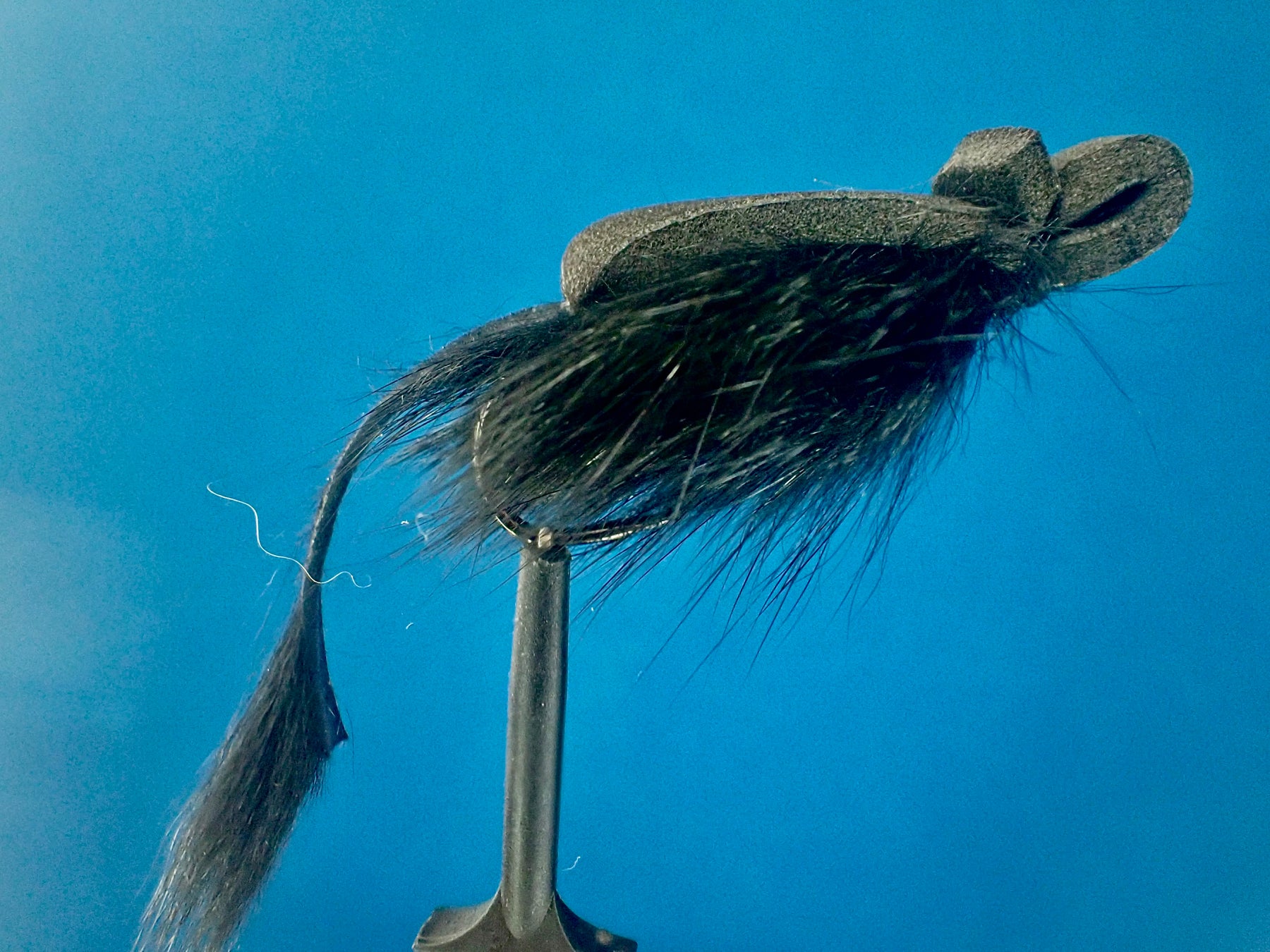Free Shipping in the USA
on orders over $100

Unveiling the Master Splinter Mouse Pattern: A Rodent Feast for Fish
In the realm of fly fishing, anglers often find themselves delving into the art of imitation. Whether it's mimicking the flutter of a mayfly or the darting motion of a minnow, the quest for the perfect fly pattern is ceaseless. However, there's one creature that often gets overlooked in the fly box but holds significant importance in the diet of many fish species – the humble mouse.
The Importance of Mice in a Fish's Diet:
Contrary to popular belief, fish aren't always picky eaters. In fact, they'll voraciously devour anything that looks like a tasty morsel, including mice. Mice are a common food source for various fish species, particularly trout and bass, especially in areas where these rodents are prevalent near water bodies. Mice provide a high-calorie meal rich in protein, making them irresistible to predatory fish.
Master Splinter Fly Tying Tutorial:
Master Splinter Materials List:
- Hook: Moonlit Premium TOGATTA ML401 sz2-8
- Thread: Semperfli Classic Waxed 3/0 Black
- Body: Moonlit Black Pine Squirrel 2mm & Moonlit Zero Gravity Foam 2mm Black
- Tail: Moonlit Black Pine Squirrel 2mm
When and How to Fish Mouse Patterns for Trout and Bass:
Fishing with mouse patterns can be highly effective, especially during the warmer months when mice are more active and likely to fall into the water. Here's a guide on when and how to fish mouse patterns for trout and bass:
Trout:
Time: Trout are more likely to target mice patterns during low-light conditions, such as dawn, dusk, or on cloudy days.
Technique: Cast the mouse pattern towards banks, fallen logs, or overhanging vegetation where mice might fall into the water. Use a slow, erratic retrieve to mimic the natural movements of a struggling mouse.
Bass:
Time: Bass are opportunistic feeders and will strike mouse patterns throughout the day, but dawn and dusk are prime times for topwater action.
Technique: Target bass in shallow waters near weed beds, docks, or other structures where mice might be present. Use a pop-and-stop retrieve to create enticing surface disturbance, mimicking a distressed mouse.
The History of the Master Splinter Fly:
One renowned mouse pattern that has gained popularity among anglers is the Master Splinter fly. Designed by outdoor writer and fly fishing enthusiast Joe Cermele, the Master Splinter fly pays homage to the rodent-loving ninja sensei from the Teenage Mutant Ninja Turtles.
Joe Cermele, inspired by his experiences fishing for bass and trout in New Jersey's rivers and streams, sought to create a lifelike mouse pattern that would entice even the wariest of fish. The Master Splinter fly features a realistic silhouette, with a deer hair body and a tantalizingly twitchy action that drives fish wild.
Cermele's creation quickly gained a cult following among fly anglers seeking a reliable mouse pattern. Its effectiveness in fooling both trout and bass has made it a staple in many fly boxes across the country.
Conclusion:
In the world of fly fishing, innovation and creativity know no bounds. The Master Splinter mouse pattern stands as a testament to the ingenuity of anglers in crafting lifelike imitations that deceive even the most discerning of fish. So, next time you hit the water, don't forget to pack a few mouse patterns in your fly box – you never know when you might unleash the fury of the Master Splinter upon unsuspecting trout or bass.

Leave a comment